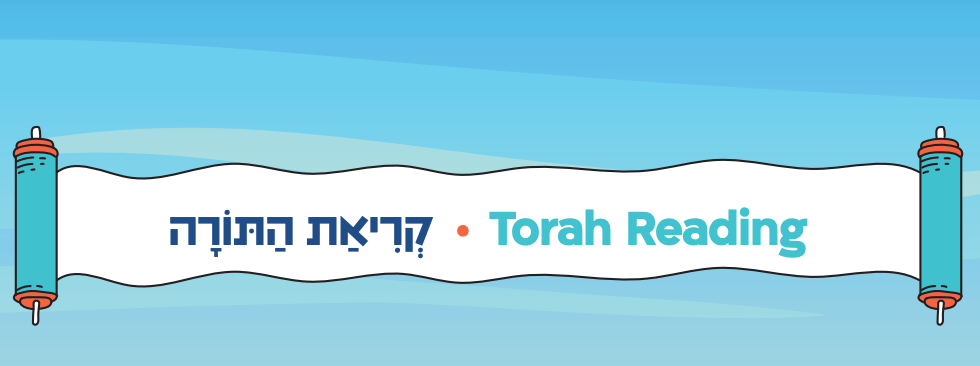Ilustration Credit: Elad Lifshitz, Dov Abramson Studio

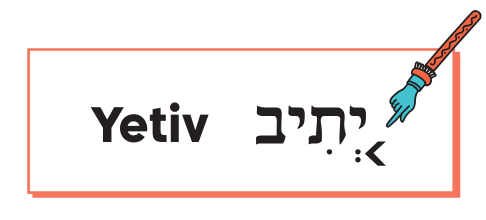
Yetiv is a simple, dramatic, and exciting trop. It bursts onto the scene with a high note and then drops down to a lower note. It adds flair to whatever is being read and tells the reader to pay attention. It means “sitting,” and the note sort of sounds like someone jumping up and then settling down into their seat.
A yetiv always eventually leads into a zakeif katon (we learned about that one a few weeks back!), though it has a few ways to get there. It is usually followed by one or two munahim, but there is one place in the Torah where a yetiv is followed by a pashta. And guess what, that’s in our parashah! Here are two occurrences of yetiv from the same verse:
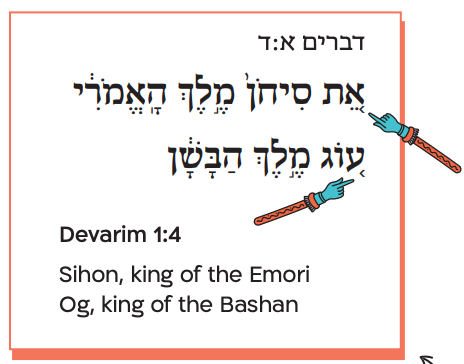
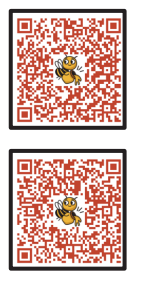
You might be saying: Hey, doesn’t yetiv look exactly the same as mahpakh? How will I ever tell them apart? In fact, how do I know whether that trop before the pashta even is a yetiv? Good question. Here is the only place in the Torah where mahpakh and yetiv appear back to back:
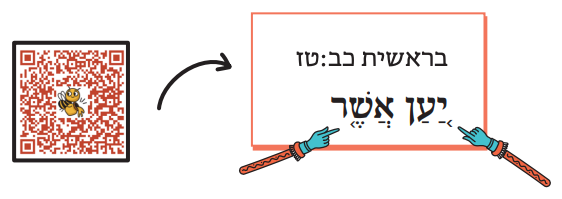
יַ֚עַן אֲשֶׁ֤ר
Because
Can you tell the difference? They do have the same shape, but whereas mahpakh appears on the accented part of the word, yetiv appears right at the beginning, always to the right of the vowel on the first letter. And yetiv only ever appears on words that have their accent on the first syllable. That sounds good with yetiv’s strong opening note.
Pay attention and don’t get surprised when yetiv suddenly jumps out at you! There are nine total in our parashah; can you catch them all?
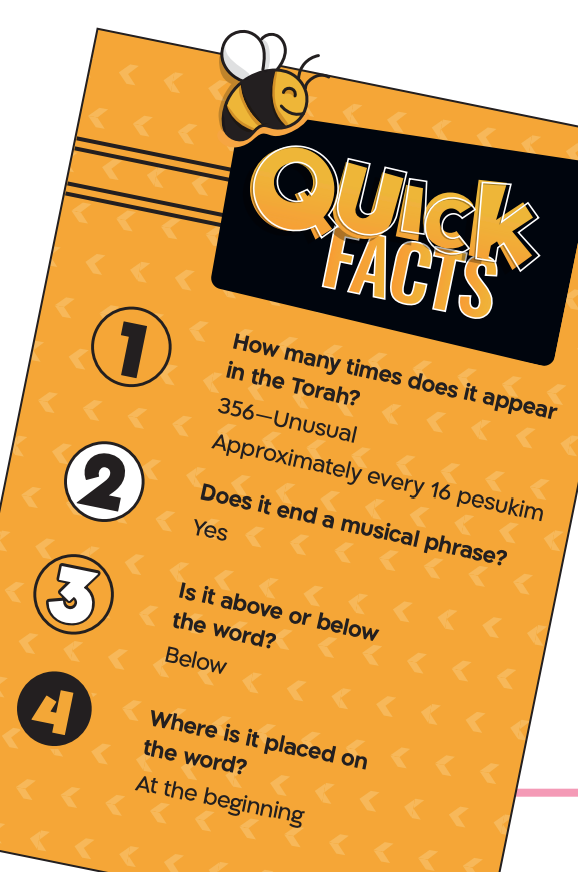
-------------------
-------------------





